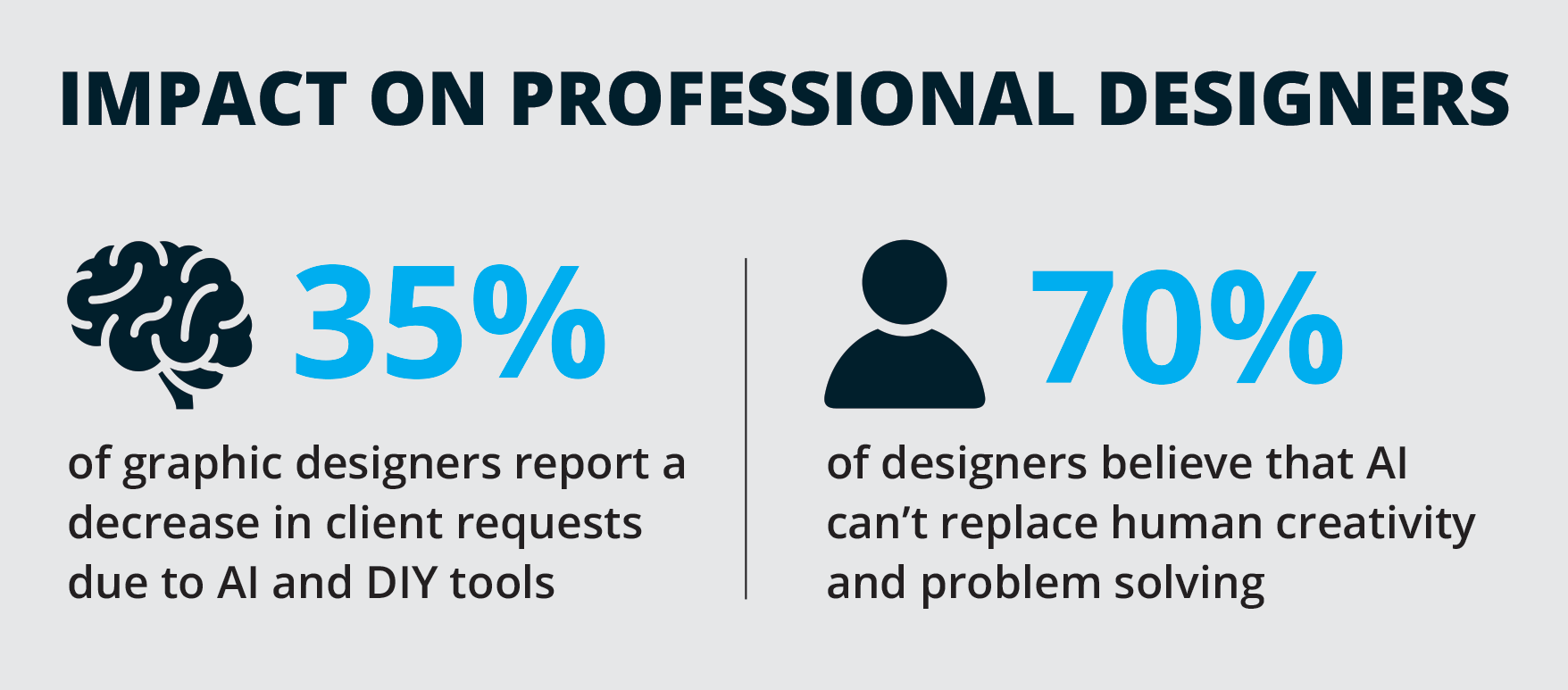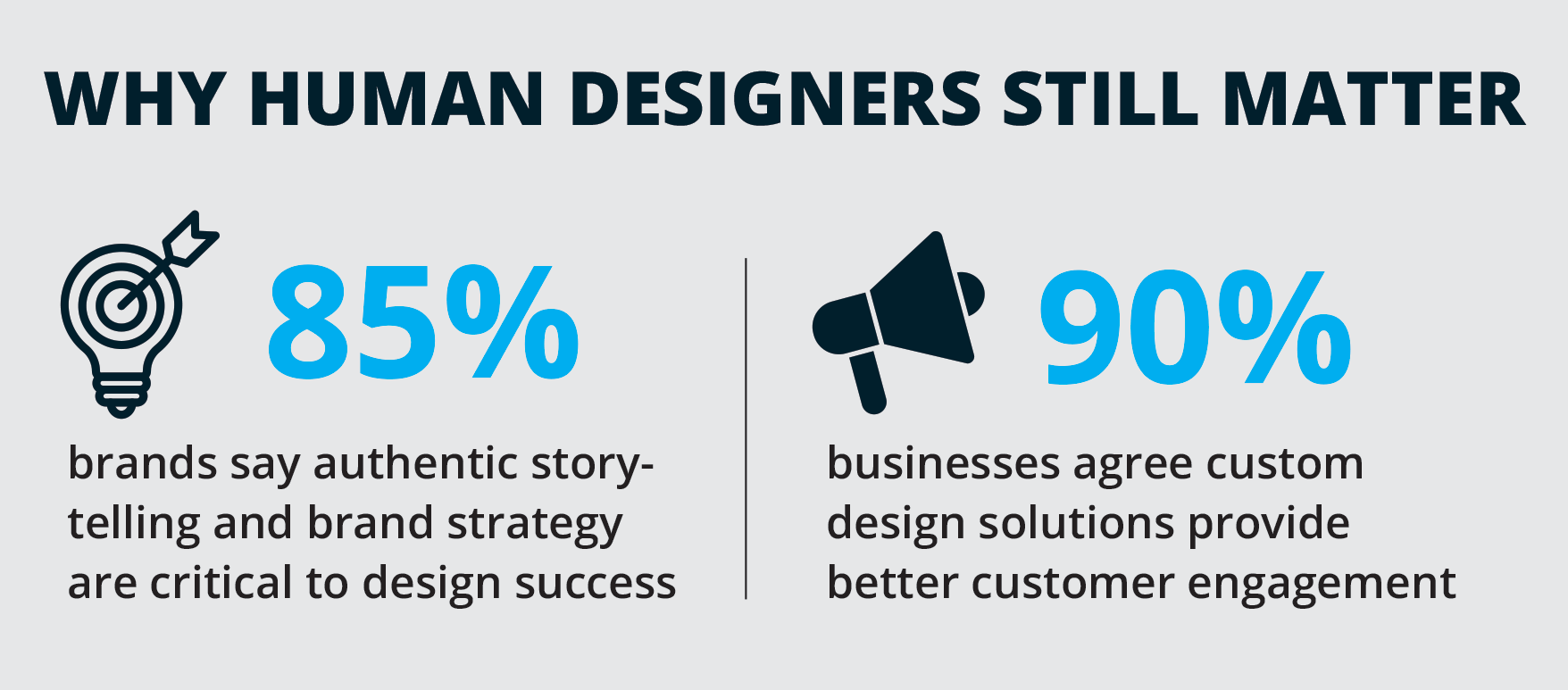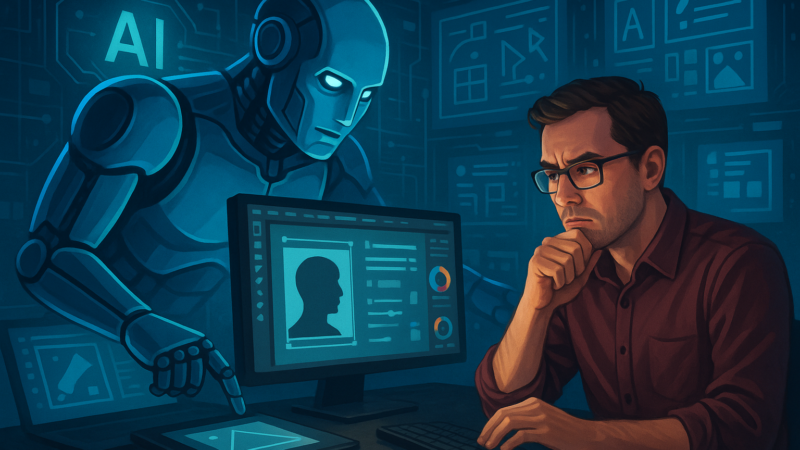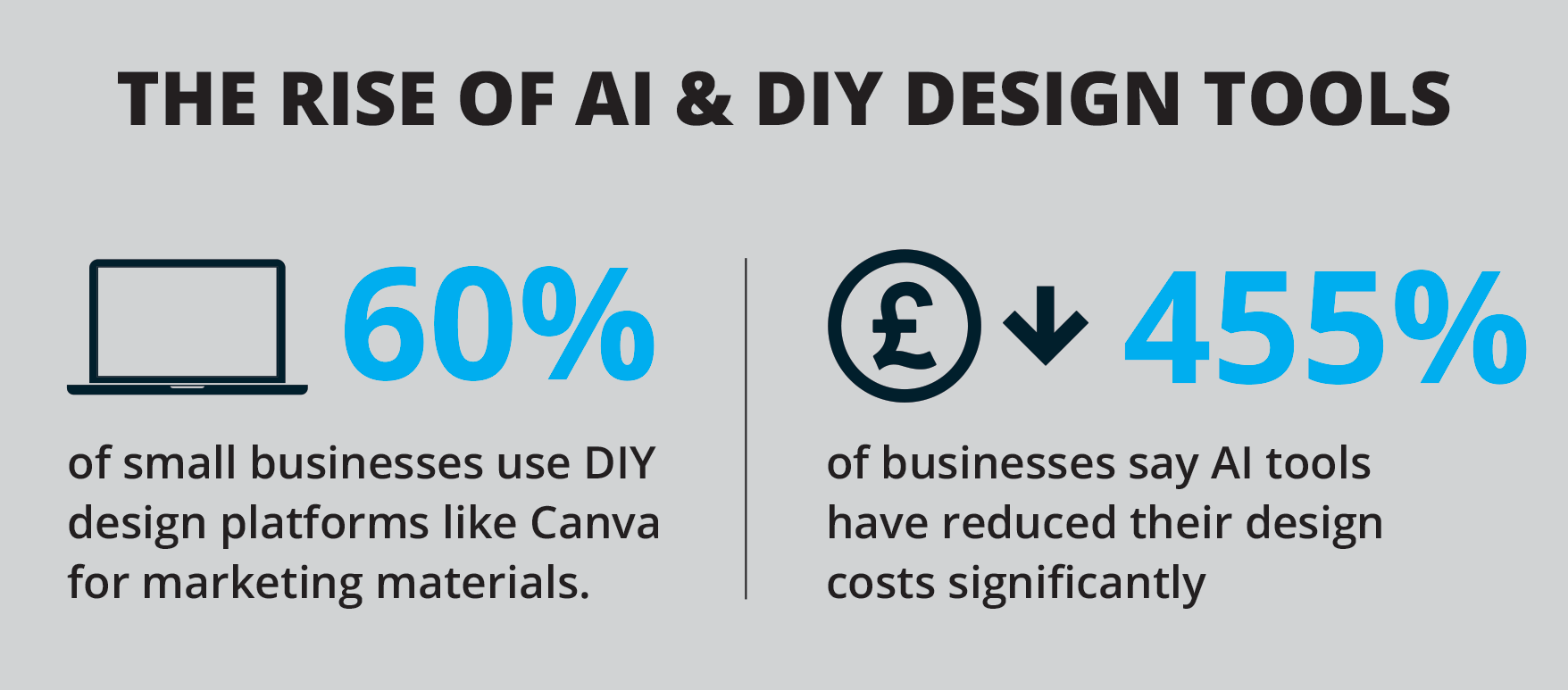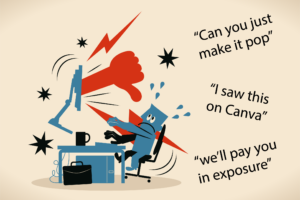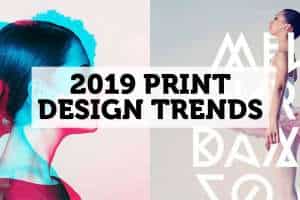In recent years, the future of graphic design has been a hot topic — especially with the rise of AI-powered tools and platforms like Canva. These innovations promise quick, affordable, and easy design solutions, putting powerful creative tools into the hands of almost anyone. But is this convenience coming at a cost for professional designers and the creative industry as a whole?
How AI is Changing the Landscape of Graphic Design
AI-generated design tools have exploded in popularity, offering businesses, especially startups and small companies with tight budgets, a cheaper and faster alternative for creating logos, social media graphics, and presentations. Why pay a designer when you can DIY with free or low-cost templates?
While AI tools can mimic styles and generate basic layouts, they fall short when it comes to the deeper, strategic aspects that define great design. The future of graphic design is not just about making something visually appealing; it’s about understanding a brand’s core values, knowing its audience intimately, and crafting visuals that tell compelling stories. These qualities require creativity, empathy, and innovation — traits that algorithms have yet to master.
Why Human Designers Still Matter in the Future of Graphic Design
Professional graphic designers bring context, nuance, and adaptability that AI can’t replicate. They tackle complex communication challenges with originality, creating unique, strategic solutions tailored to each brand. The human touch elevates brands beyond generic, cookie-cutter visuals that flood the market when relying solely on AI-generated content.
As AI and platforms like Canva reshape the industry, designers are being pushed to evolve. The future of graphic design lies in becoming more than just creators — it’s about being strategic partners, storytellers, and problem solvers who add value far beyond what a machine can offer.
Embracing the Future: Collaboration Between AI and Designers
Instead of fearing AI as a threat, the graphic design community can view these tools as catalysts for growth. AI should be seen as a means to handle repetitive or simple tasks, freeing up human designers to focus on creativity and strategic thinking. This collaboration can lead to more innovative and impactful designs.
Why Investing in Human Creativity Pays Off
For businesses, AI might seem like a cost-effective shortcut now, but investing in human creativity will continue to yield stronger, more authentic brands. The future of graphic design depends on human insight and originality, which build lasting connections with audiences and differentiate brands in a crowded market.
Conclusion: The Future of Graphic Design is Bright
The future of graphic design won’t be about replacing designers with machines. Instead, it will challenge designers to be smarter, more inspired, and more integral to the success of brands. Creativity powered by human intuition combined with AI’s efficiency promises an exciting evolution for the industry.
